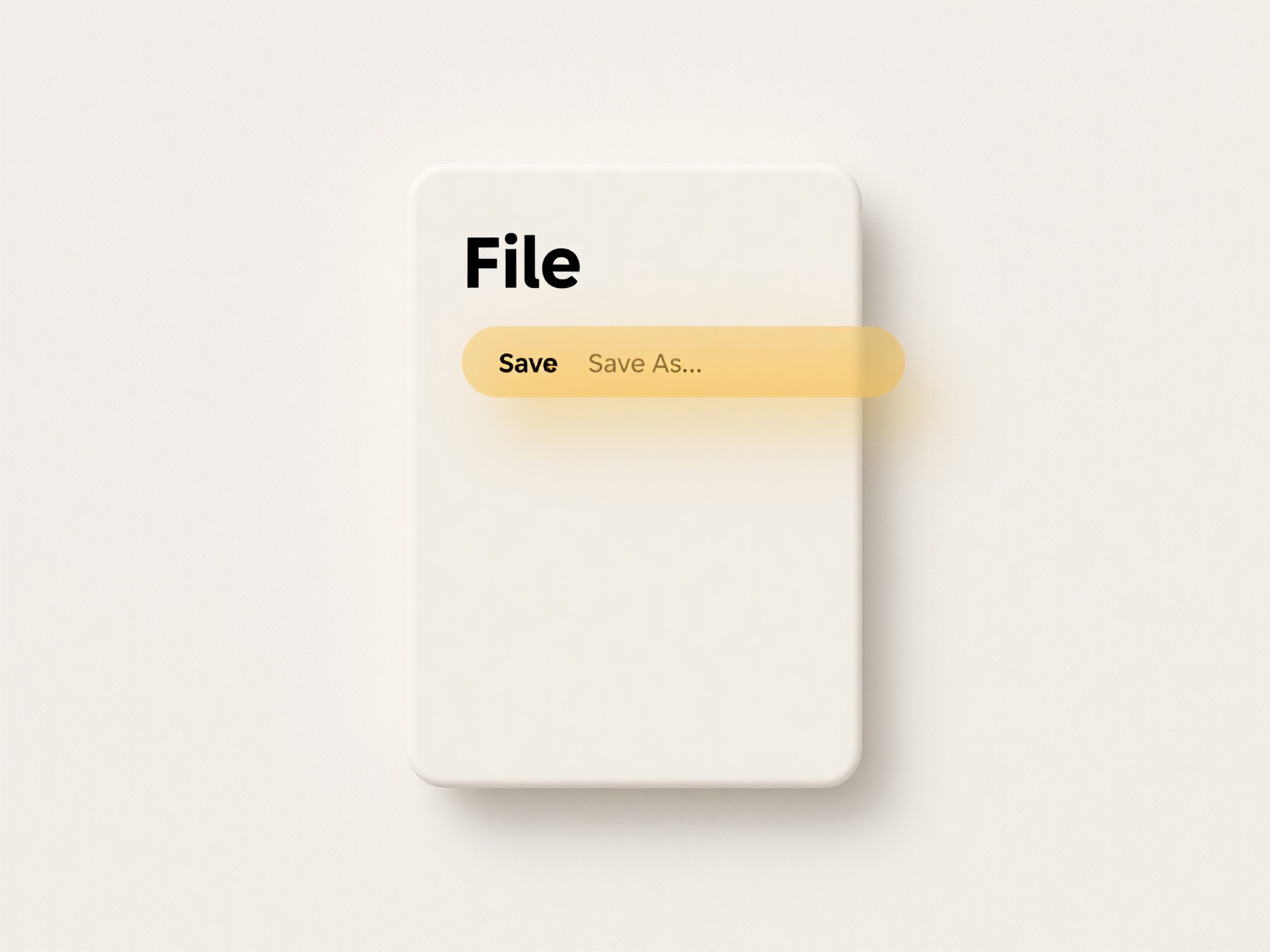
A file extension error occurs when a filename's suffix (like .docx or .jpg) doesn't match the actual format of the file's data. This often happens if the extension is accidentally changed, removed, or corrupted. Operating systems and applications rely on the extension to determine which program should open the file. An incorrect extension prevents the correct association, so the file won't open. This differs from file corruption, where the actual data is damaged, as the data here is usually intact but mislabeled.
For example, you might recover photos from a camera card as IMG_1234. (missing .jpg) or receive an attachment that lost its extension like report_draft (instead of report_draft.pdf). Photo editors might struggle to open a .png file renamed to .jpg. Digital forensics tools, built-in OS utilities, or dedicated renaming software can help identify and fix these issues by analyzing file signatures.

Restoring involves determining the correct file type using tools that scan the file's internal data signature ("magic number"), not just its name. Once identified, renaming the file with the proper extension typically resolves the issue. The main advantage is that data is usually fully recoverable without specialized repair. A key limitation is the need for knowledge or tools to identify the signature reliably. Ethically, ensure you have permission to alter file extensions, particularly on files belonging to others.
How do I restore a file that won’t open due to extension errors?
A file extension error occurs when a filename's suffix (like .docx or .jpg) doesn't match the actual format of the file's data. This often happens if the extension is accidentally changed, removed, or corrupted. Operating systems and applications rely on the extension to determine which program should open the file. An incorrect extension prevents the correct association, so the file won't open. This differs from file corruption, where the actual data is damaged, as the data here is usually intact but mislabeled.
For example, you might recover photos from a camera card as IMG_1234. (missing .jpg) or receive an attachment that lost its extension like report_draft (instead of report_draft.pdf). Photo editors might struggle to open a .png file renamed to .jpg. Digital forensics tools, built-in OS utilities, or dedicated renaming software can help identify and fix these issues by analyzing file signatures.

Restoring involves determining the correct file type using tools that scan the file's internal data signature ("magic number"), not just its name. Once identified, renaming the file with the proper extension typically resolves the issue. The main advantage is that data is usually fully recoverable without specialized repair. A key limitation is the need for knowledge or tools to identify the signature reliably. Ethically, ensure you have permission to alter file extensions, particularly on files belonging to others.
Quick Article Links
What is a .exe file and how do I open it?
A .exe file, short for "executable," is a program file format used primarily on Microsoft Windows operating systems. It ...
Is it safe to rename file extensions?
A file extension is the suffix at the end of a filename (like .txt, .jpg, .docx) that tells the operating system and app...
Can I use QR codes or barcodes as file names in automated systems?
Using QR codes or barcodes directly as file names is generally not feasible. File names are text strings required by ope...